Intensive Farming What Change Has Happened
Nitrates normally are in groundwaters in small proportions 2-3 mg l. We now know that man-made climate change is real and that it poses a great threat to the planet and its inhabitants.

The Pros And Cons Of Intensive Farming
70 percent of the main crops used for human consumption are dependent on insect pollination in.
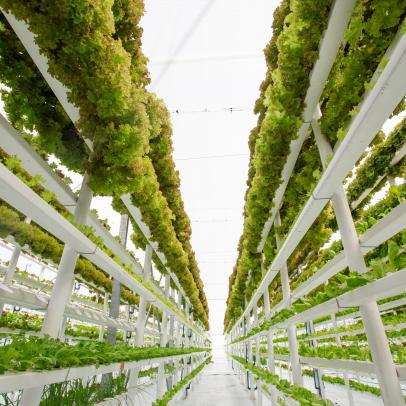
Intensive farming what change has happened. In a scenario in which England and Wales hypothetically switched to 100 per cent organic farming practices researchers found organic methods typically had much lower nitrous oxide and carbon dioxide emissions per unit of area farmed thanks to the use of nitrogen-fixing plants rather than fertilisers. Intensive farming practices produce more and cheaper food per acre and animal which has helped feed a booming human population and may prevent surrounding land from being converted into agricultural land but has grown to become the biggest threat to the global environment through the loss of ecosystem services and global warming has led to the emergence of new parasites and re-emergence of parasites. In the 1990s outbreaks of BSE and foot-and-mouth - as well as swine fever and TB in cattle - devastated the agriculture industry and British tourism and forced a change in attitude to intensive.
Bees play an extremely important role in the survival of our species. Industrial agriculture treats the farm as a crop factory rather than a managed ecosystem with minimal biodiversity over wide areas of land. Growing awareness is now developing around the side effects of pesticides and fertilisers used heavily on crops fed to farmed animals.
Its a double whammy. INTENSIVE FARMING What change has happened. Modern day forms of intensive crop based agriculture involve the use of mechanical ploughing chemical fertilizers plant growth regulators or pesticides.
A portion of fertiliser is being washed into waterways. Intensive farming causes damage to land and ecosystems which can negatively impact investors. While at the same time the destruction of natural vegetation for agricultural land is ridding us of the natural carbon sinks we so desperately need.
Factory farming is fuelling climate change releasing vast quantities of carbon dioxide and methane. What can we do to help those living things in. Intensive farming of meat and dairy in particular is pumping greenhouse gases into the atmosphere.
It is associated with the increasing use of agricultural mechanization which have enabled a substantial increase in production yet have also dramatically increased environmental pollution by increasing erosion and poisoning water with agricultural chemicals. Factory farming intensifies climate change releasing vast volumes of greenhouse gases. Intensive farming substitutes rather than enhances the natural biological production processes.
According to a report from the European Ministry of Agriculture and the European Ministry of Ecology published in 2012 nitrogen inputs nitrate compound and phosphorus phosphate compound have increased significantly from 1960s since the beginning of intensive agriculture in Europe. The lack of diversity of crops and animals narrows. Intensive agriculture has long been touted as a way and often the only way to feed growing populations around the globe.
When rice is relocated to the Burdekin in competition with sugar cane there is only a modest change compared to the Scenario 1 in the Riverina but there is a decline in the Burdekin of 50 million in 2030 and 237 million in 2070 due to displacing the higher per hectare value sugarcane. The intensive farming system which the current CAP supports is fuelling the climate crisis. Livestock and arable enterprises are separated breaking the cyclical processes characteristic of natural ecosystems.
The spread of intensive farming is threatening to jeopardise the worlds chances of meeting the terms of the Paris agreement on the climate crisis as the increasing use of artificial fertiliser. This lack of diversity in farming operations exposes farmers to greater risk and amplifies climate impacts such as changes in crop viability and encroaching pests. Talks of improving environmental performance abound as solutions are sought to continue intensive farming.
However one of the most effective and immediate steps that can be taken towards sustainability is for people to curtail the consumption of animal products since these are the most polluting resource-intensive and cruelest forms of agriculture. What impact does this have on the living things in that environment.

Industrial Agriculture How Intensive Farming Affects Our Lives

Will Vegan Organic Or Industrial Farming Feed The 10 Billion By Tim Smedley Medium

Advantages And Disadvantages Of Intensive Farming Sustainable Food Systems Agriculture Pesticides

How Will Autonomy Change Farming Trimble Agriculture
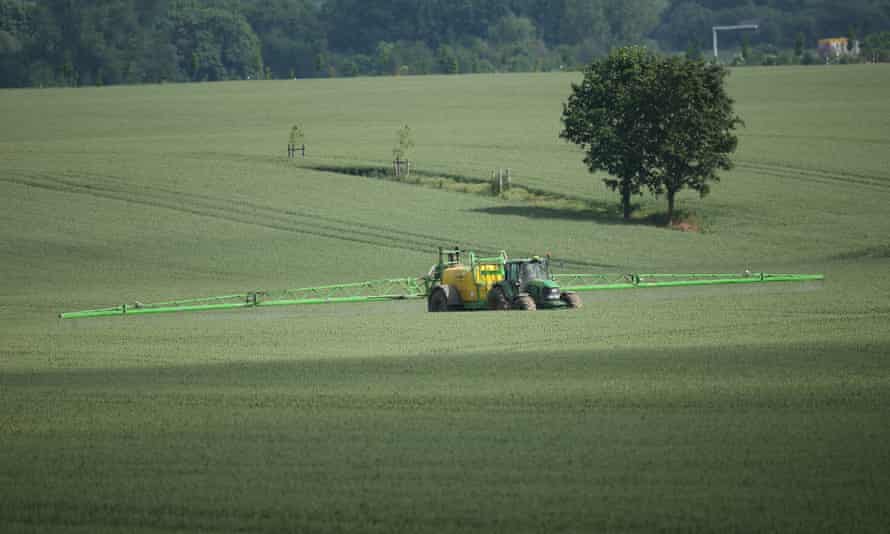
Europe Must Act On Intensive Farming To Save Wildlife Scientists Say Food The Guardian

Vertical Farming Raising Agriculture S Potential And Lowering Its Environmental Impact Latest Science News And Articles Discovery
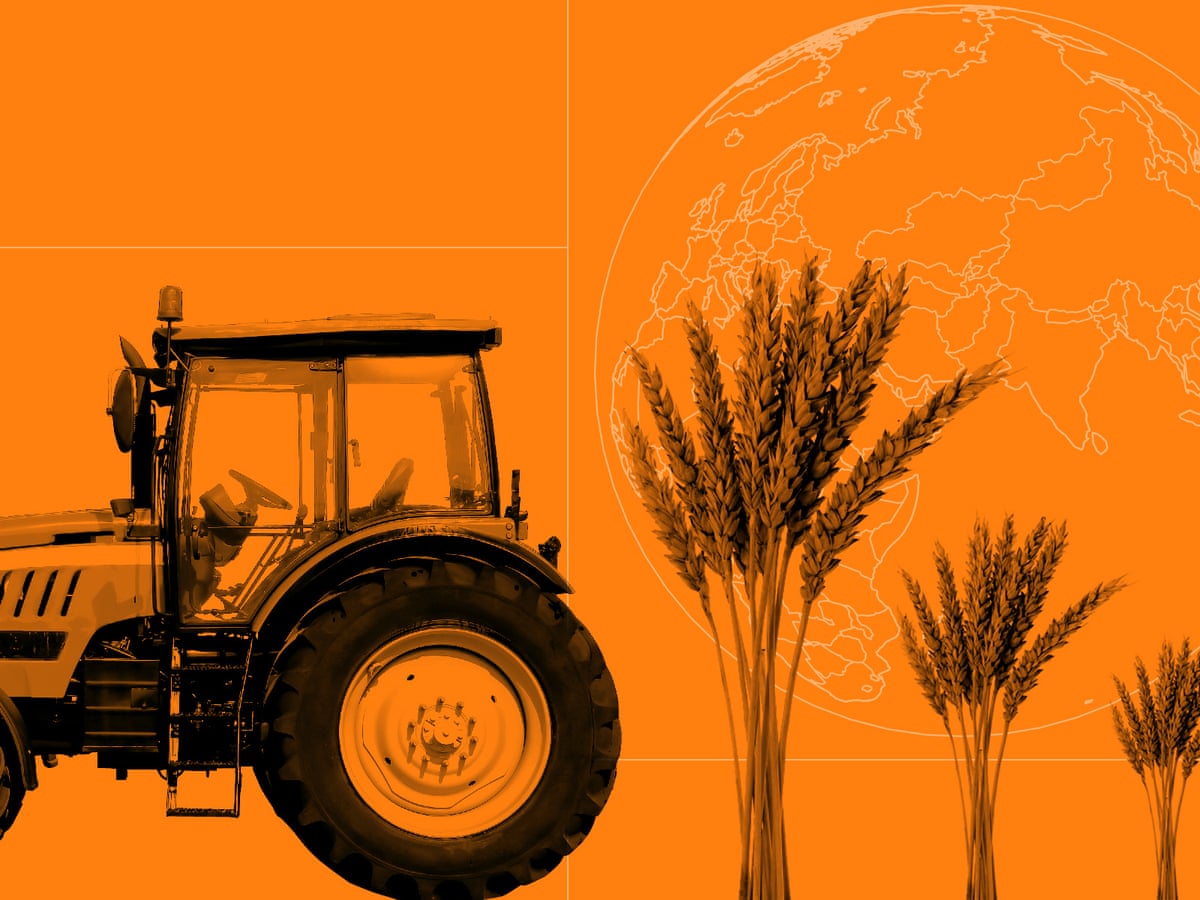
Can We Ditch Intensive Farming And Still Feed The World Farming The Guardian

Difference Between Intensive And Extensive Farming Farming Base

Industrial Agriculture 101 Nrdc
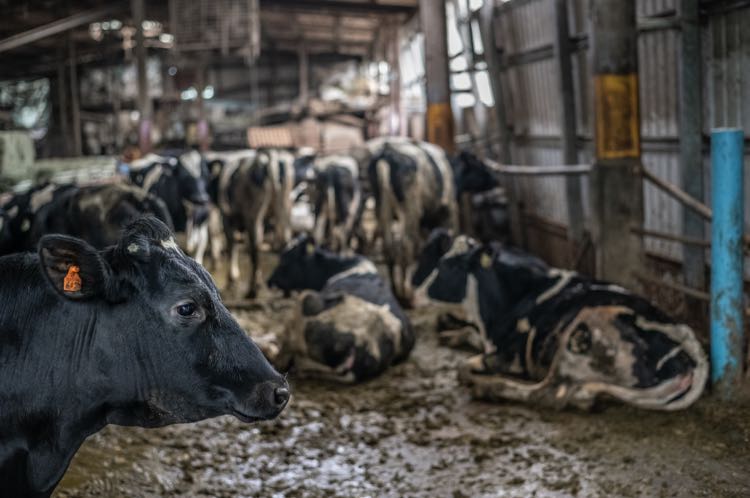
Intensive Agriculture Impact On Humans Animals And The Planet

Industrial Agriculture How Intensive Farming Affects Our Lives

Industrial Agriculture 101 Nrdc
Intensive Agriculture Cultural Anthropology

Intensive Agriculture Impact On Humans Animals And The Planet

Pros And Cons Of Intensive Livestock Farming Greentumble

How Small Farms Can Sustainably Feed The Future By Louisa Chalmer Age Of Awareness Medium
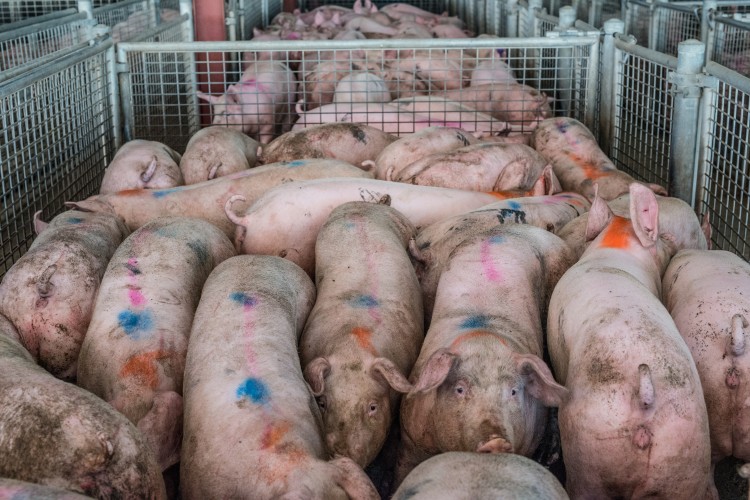
Intensive Agriculture Impact On Humans Animals And The Planet

Soil The Foundation Of Agriculture Learn Science At Scitable

Industrial Agriculture How Intensive Farming Affects Our Lives
Post a Comment for "Intensive Farming What Change Has Happened"